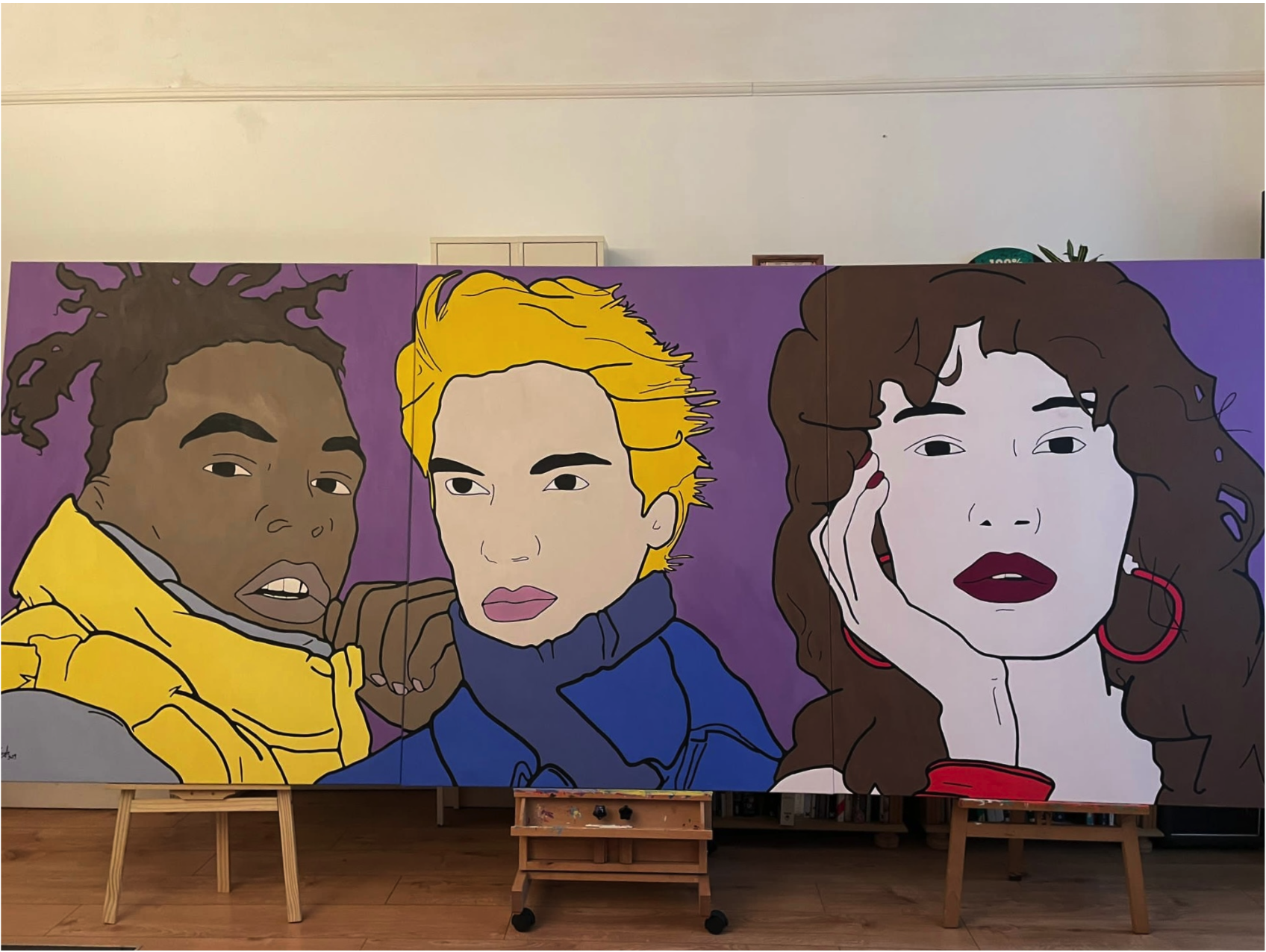Emma Coyle

Emma’s paintings may highlight a nostalgia of an ideal, revealing the idea of selling a lifestyle, using her unique pop art style. I say this because, initially they resonate the same energy, yet ultimately they incorporate the nuances of a portrait. Even though her paintings are inspired by advertising campaigns from mostly fashion magazines, where she explores the images that are the archetypal marketing campaigns, capturing the elements. Yet she recreates the component of commercialism in photography through her paintings; embodying all the distinctions of contemporary pop art and vibrancy with her colour palette and energy. However, her compositions imply a subtly of character, that I don’t think is on purpose, but it is powerful nonetheless, and at the same time the epitome of the world of marketing and a hedonistic culture is embodied in her work. Her style may illuminate the comic book elements of the 50s and 60s with the block black outlines and full flat colour, however still evoking a mood and emotion, she may be captivating elements of advertising, consumerism and the unattainable. Although Emma is consistent in telling me she doesn’t aim to expose the narrative, that her paintings just are and it is the viewer that interprets and decides what they want to see. The narrative is not important to her, “Getting a strong image is, the narrative is for the viewer” she tells me.
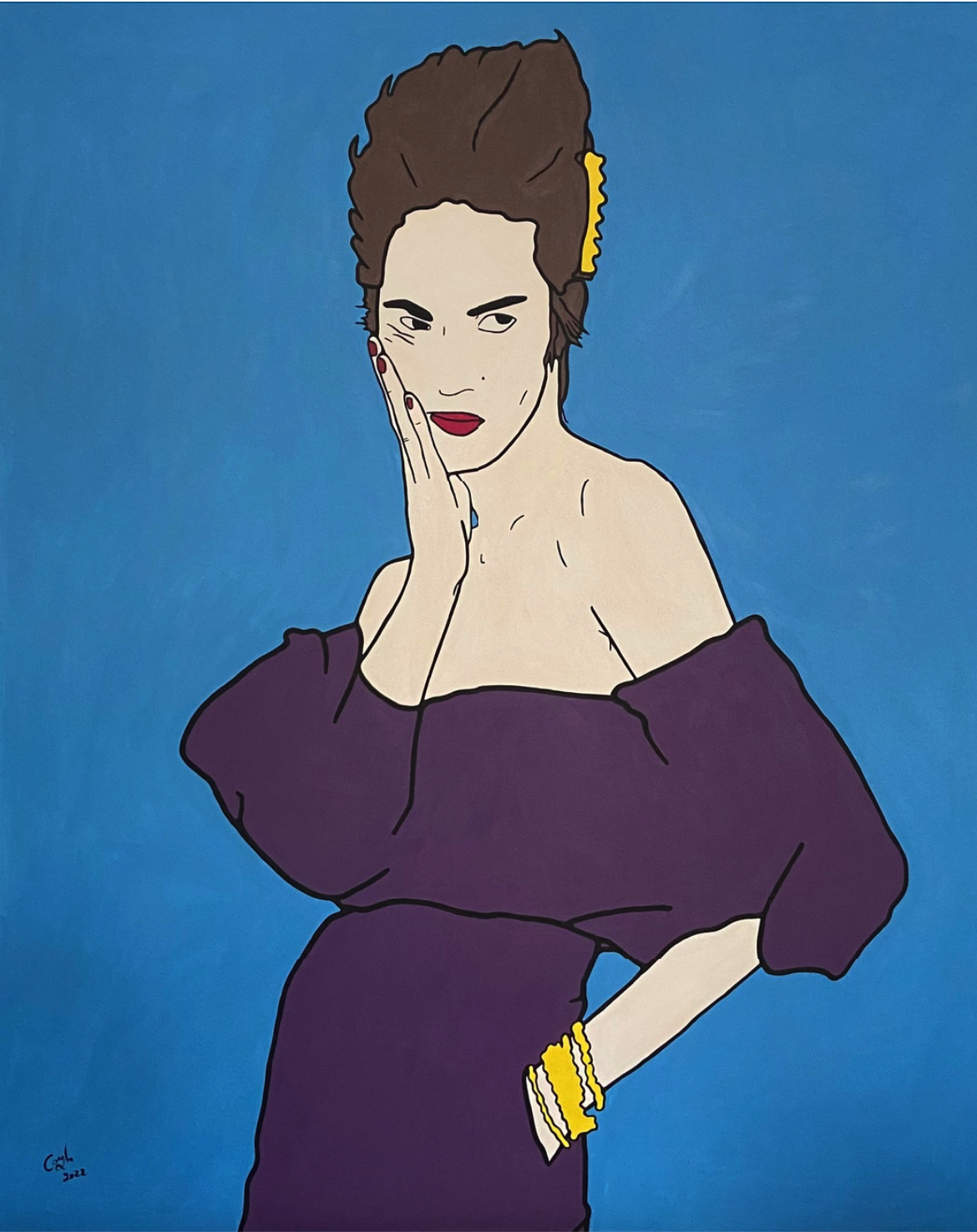
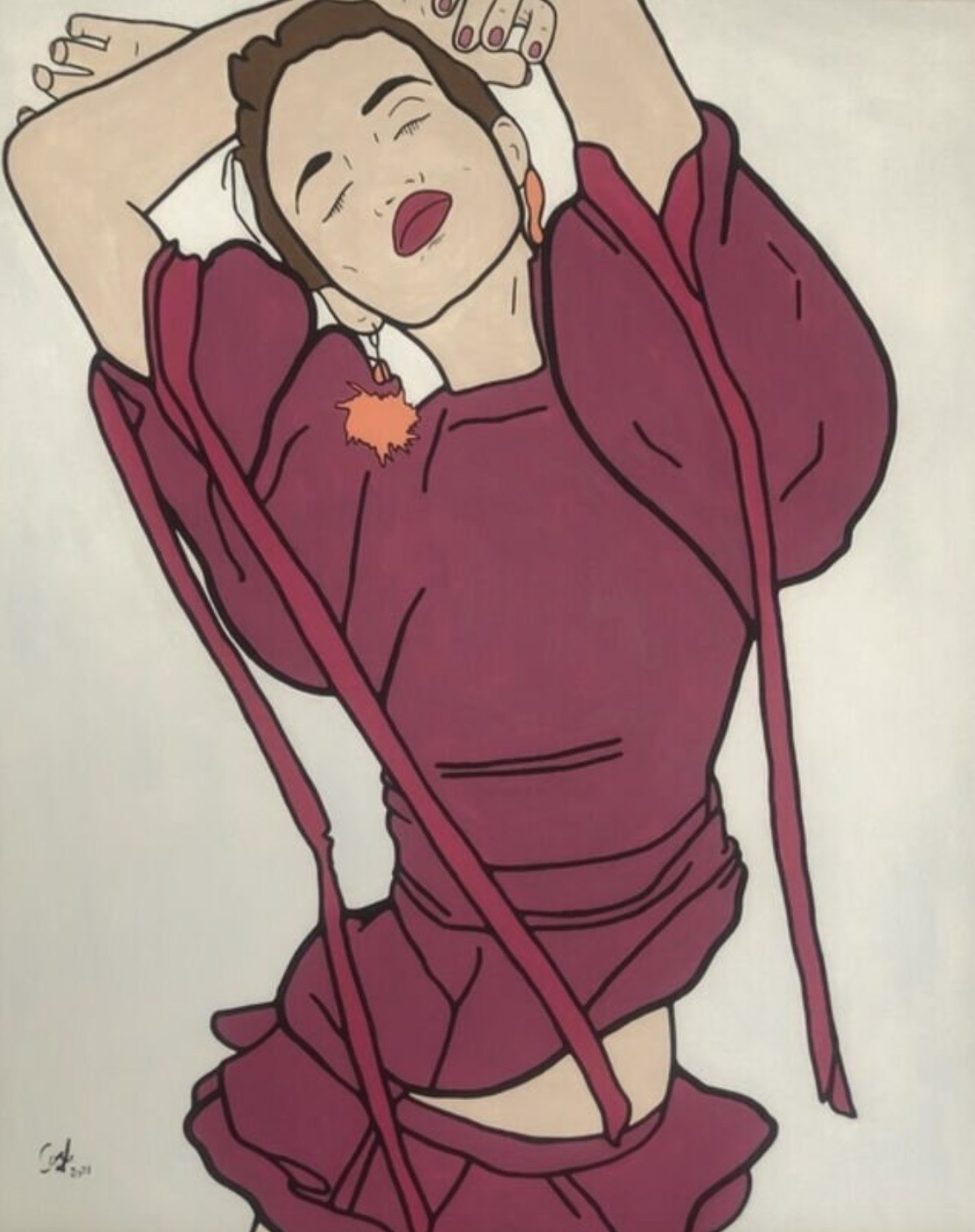
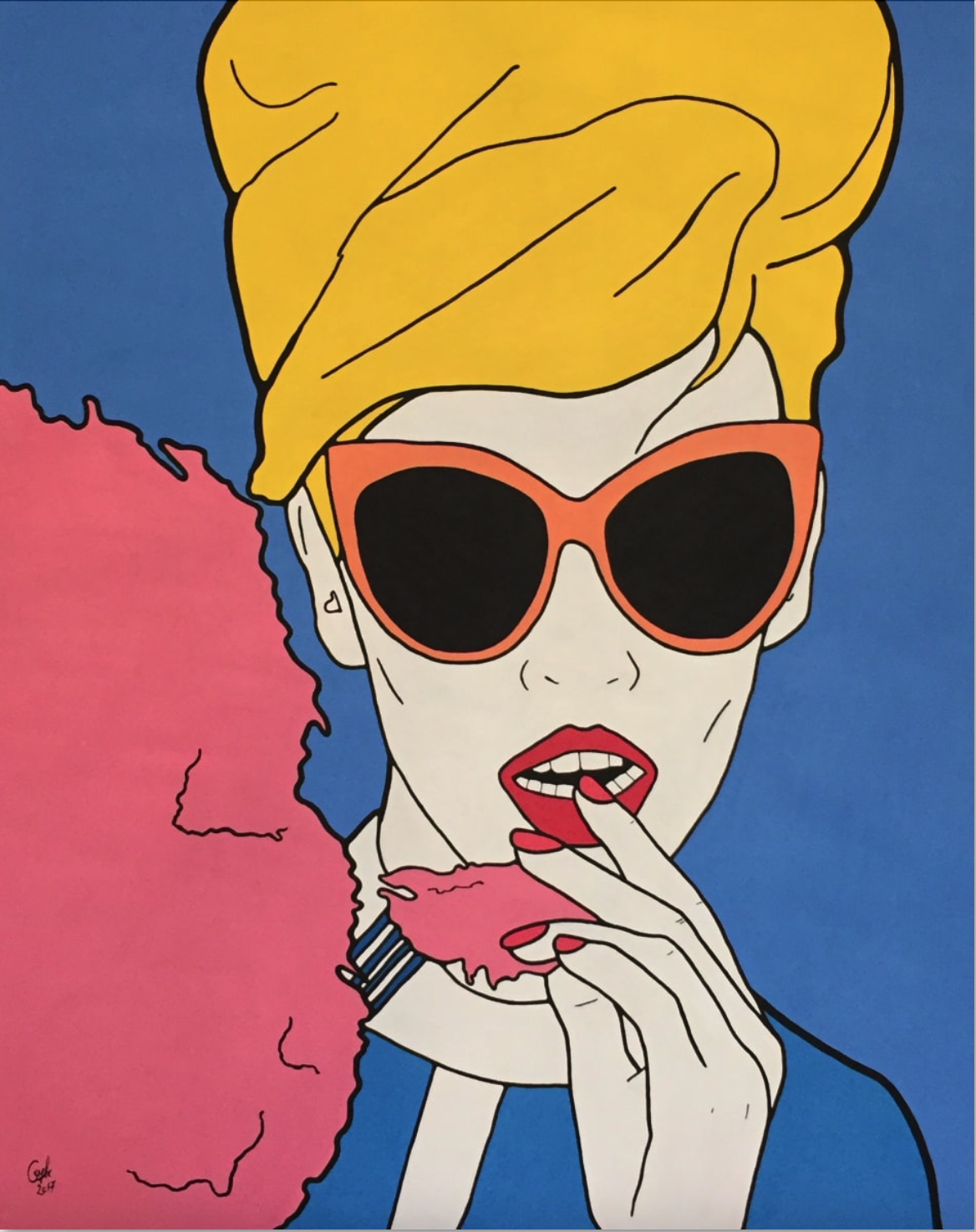
Her work caught the attention of art dealer Anne Marie Helwaser and her husband Antoine Helwaser owners of Helwaser Gallery on Madison Avenue in Manhattan, where she held her first US exhibition. Emma is currently exhibiting her recent collection in the Hamptons, with the nostalgia of her vibrant personalities and fashionable compositions. Emma tells me about sending Anne Marie her recently published book, Pop Now, released by Snap Collective in Paris.
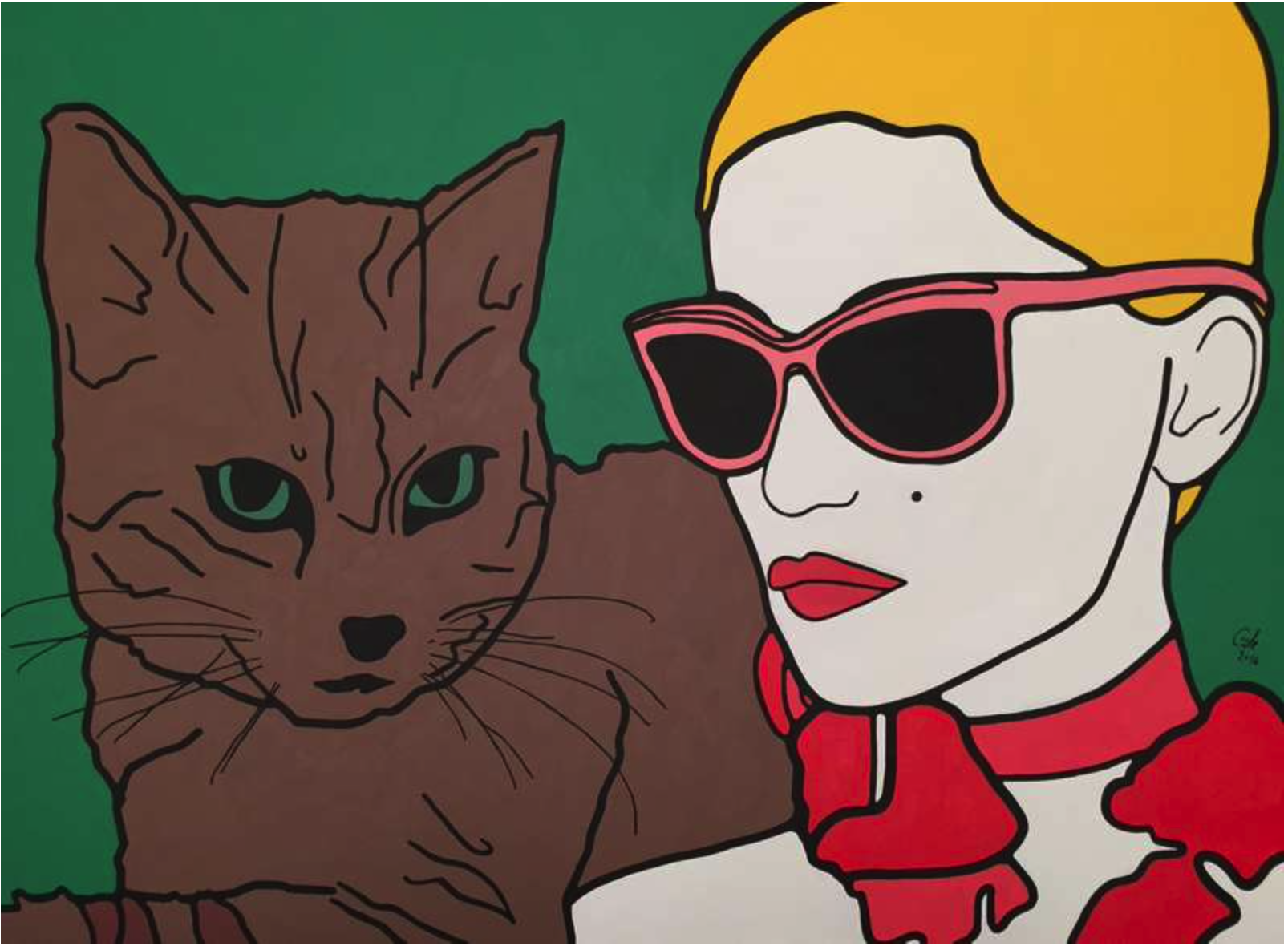
Raised in Greystone Wicklow, Ireland, a small fishing town which she now describes as built up and considered more of a suburb of Dublin. She describes her picturesque childhood, her influences, her opera singer grandmother and actress, and how she grew up making props for her grandmother’s shows, watching the wardrobes and makeup and set designs. Her mother another influence who was an avid photographer holding classes in both photography and ceramics. Emma describes how she embarked on a profession as a photographer focusing on the abstraction of photography shooting with a 20’s vintage SLR camera and film. It just seemed natural that she would embark on a career as an artist. She always gravitated towards painting, whilst working with ceramics and photography, it was always painting that consumed her more than anything else. She works with everything, acrylics, oils, watercolours and she always enjoys exhibiting. She describes artists as naturally inquisitive, and seem to know how to elaborate on everything they see.
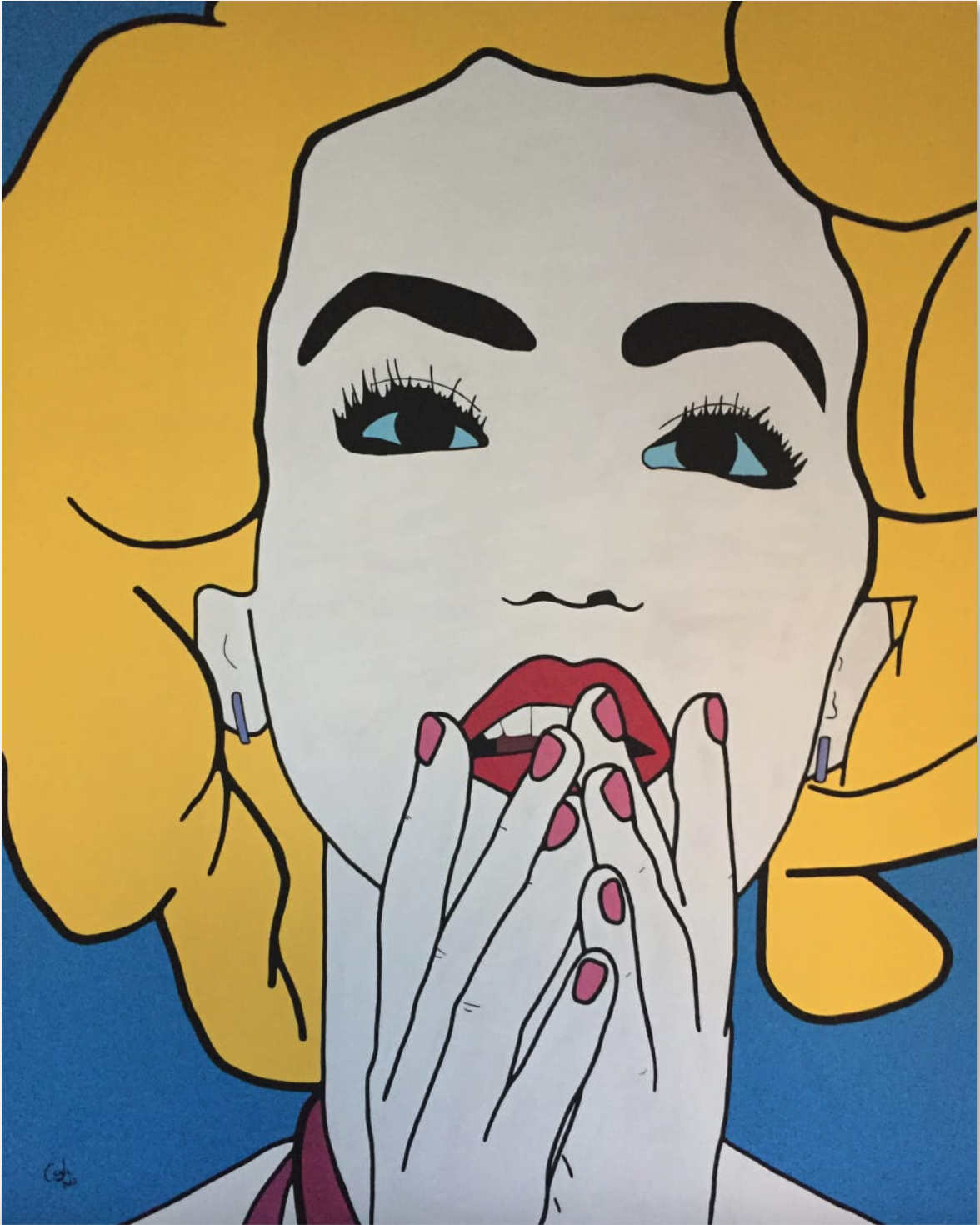
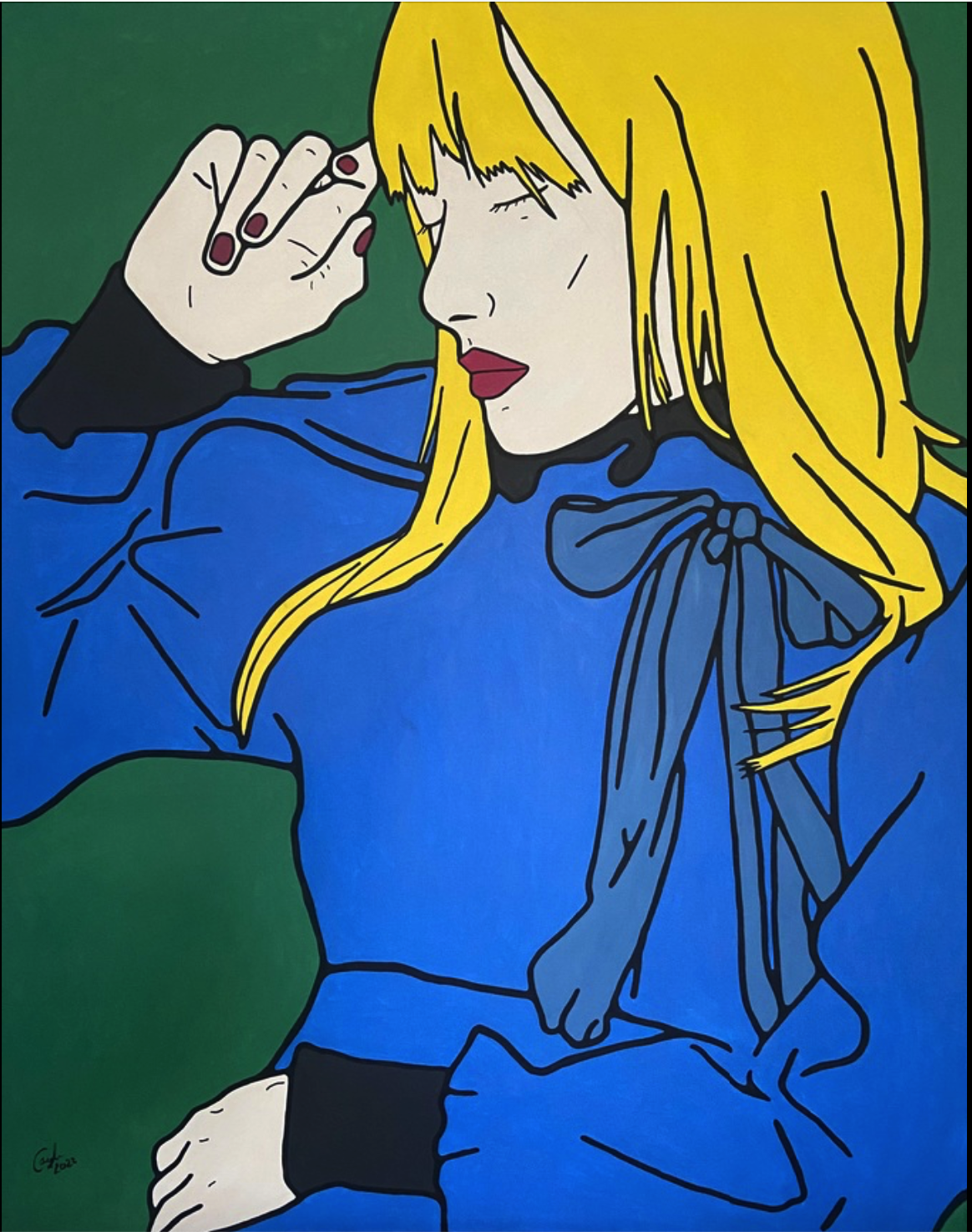

She attended the National College of Art and Design in Dublin to study Fine art, she describes her dedication to reading through the library, spending the four years starting from one side to the other as she proceeded to read all the books. Emma highlights the differences in Irish and English Fine art university education, she emphasises how students in Ireland were taught everything about Fine art, from life drawing, technique and history of art, that all the skills she acquired she learnt at college, as we compare the educations systems in the UK.

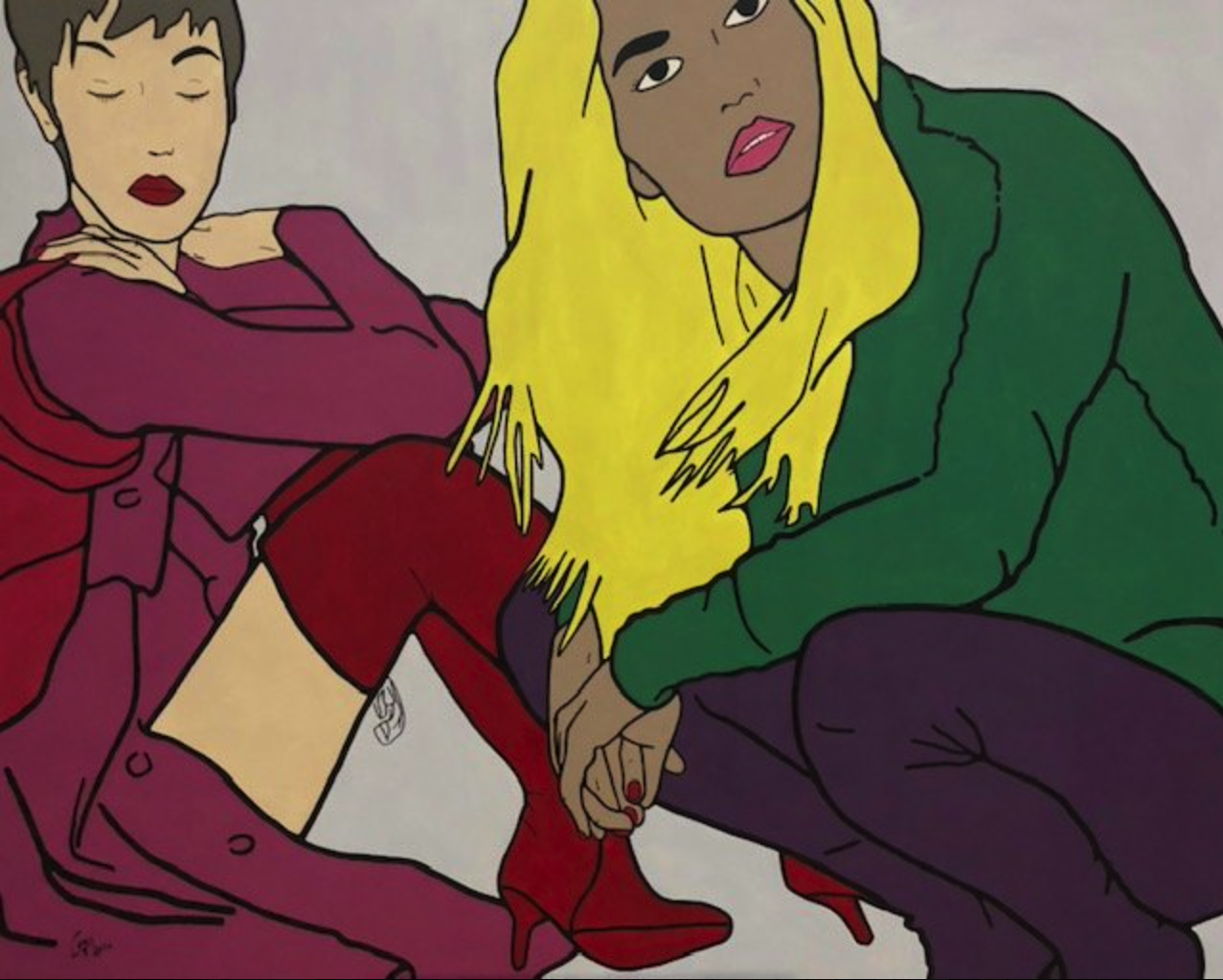
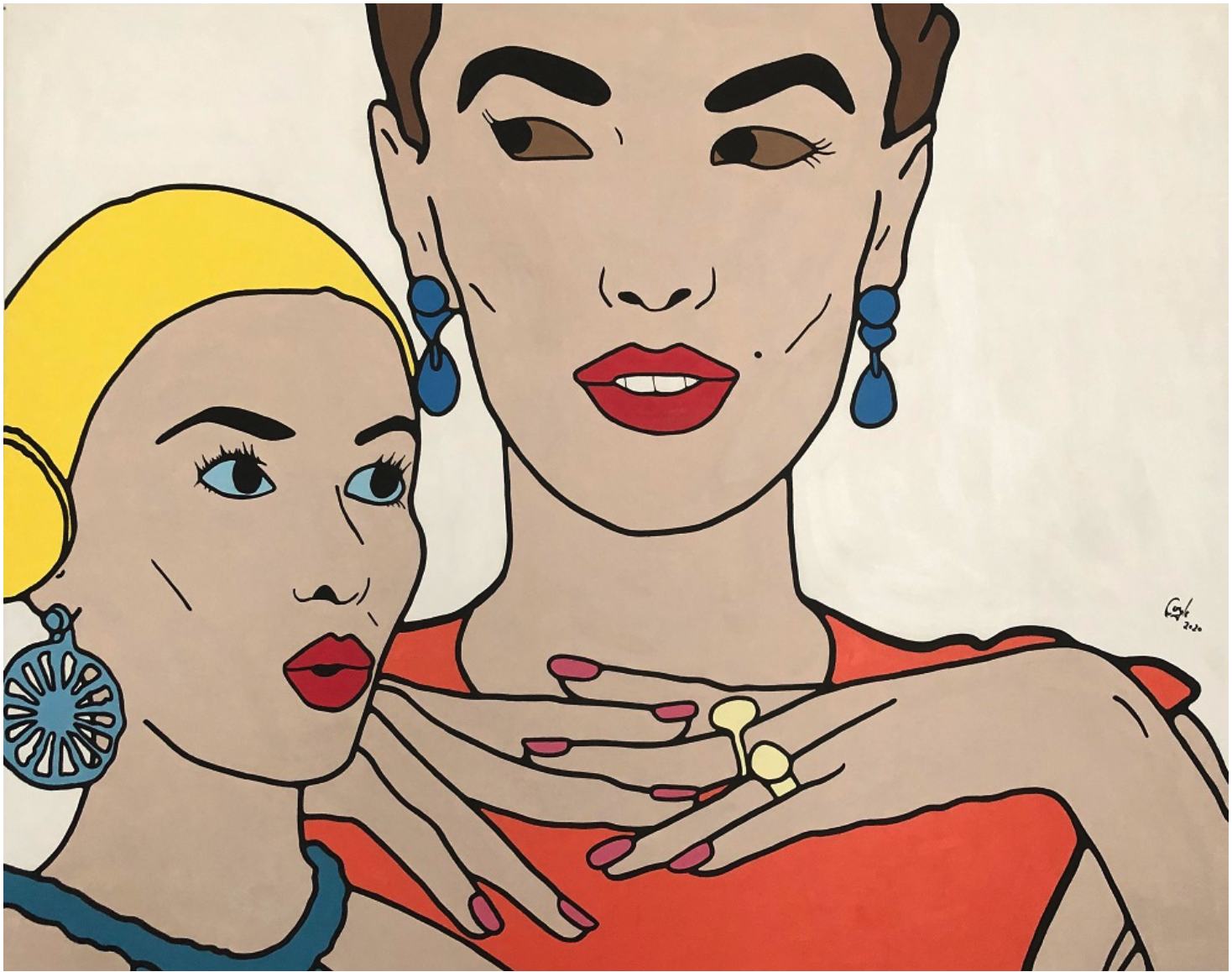
At the end of spending the beginning of her adult life in Dublin, Emma decided to travel to broaden her experiences and understanding of art. She stayed in New York, engaging her interests in 50s and 60s pop art, and her influences with Liechtenstein and Warhol. She was particularly curious by the fluid black line technique in Picasso’s drawings, the simplicity that resonates in his abstraction, absorbed by this skill in the simple use of the single black line in his drawings. She then returned to Dublin before finally settling in London in 2006.

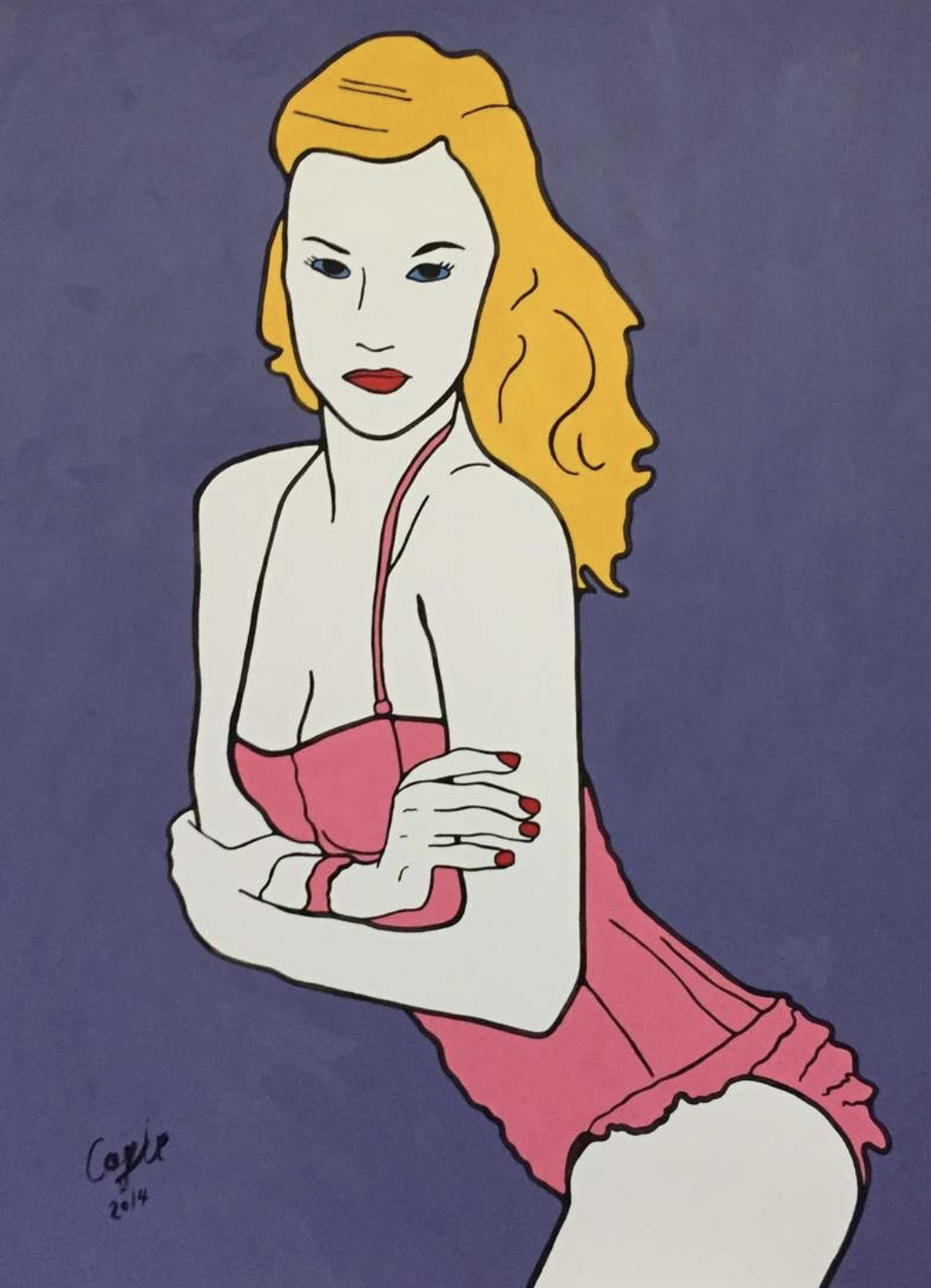
Emma describes her fascination with investigating painting styles. We discuss her current style, and she talks about her inspirations, and her collection of fashion magazines as she tears them apart and looks for the advertising images, this is what inspires her, “They are always trying to sell something” She emphasises. She describes, how she explores and makes a selection of comprehensive images that she can make something of, describing it as the essence of pop art and the appeal to the masses she clarifies. She feels that you have to let the work develop itself, “Making art for art history” she doesn’t want to be a favourite, moreover she doesn’t want to be pushed to produce. We talk about the artists she admires, Allen Jones and his pop art, and her fascination with artist Bridget Riley.
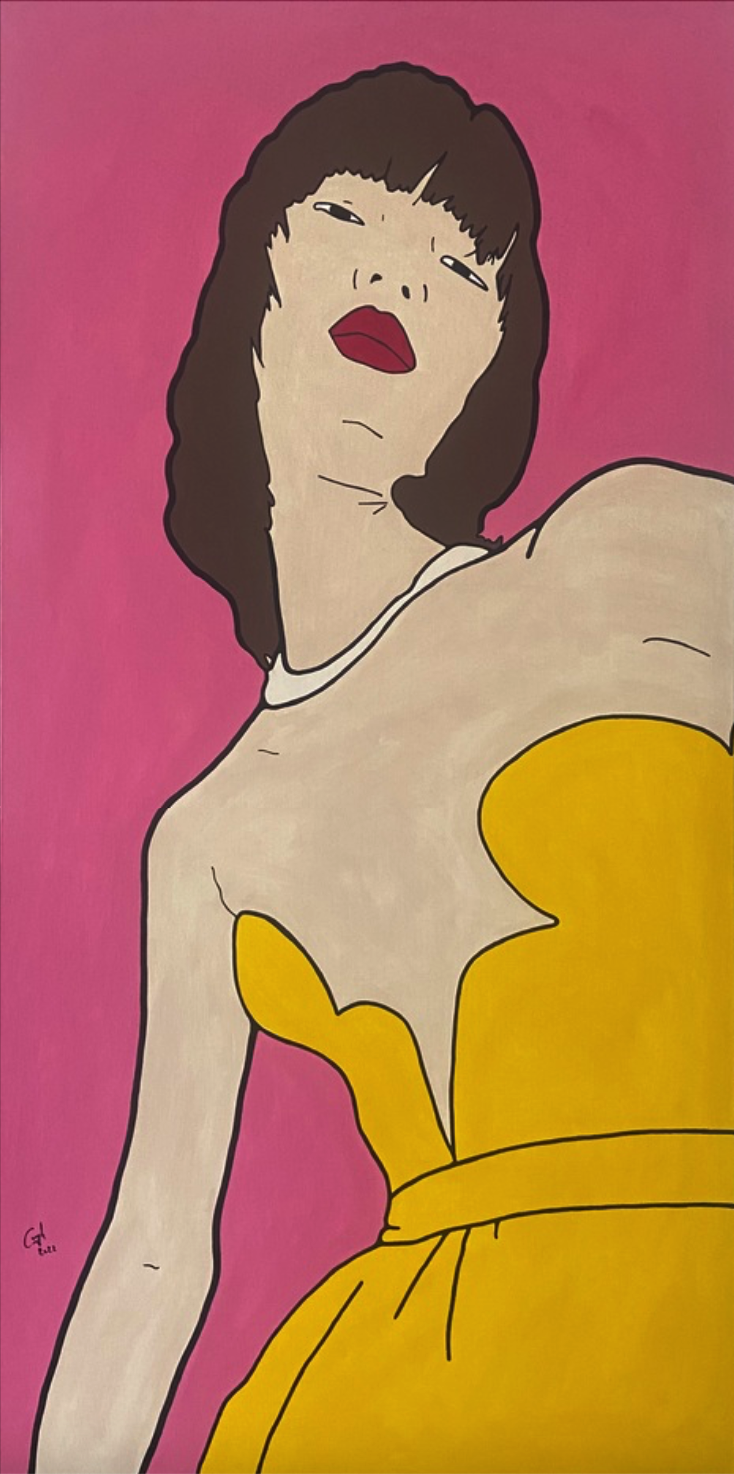
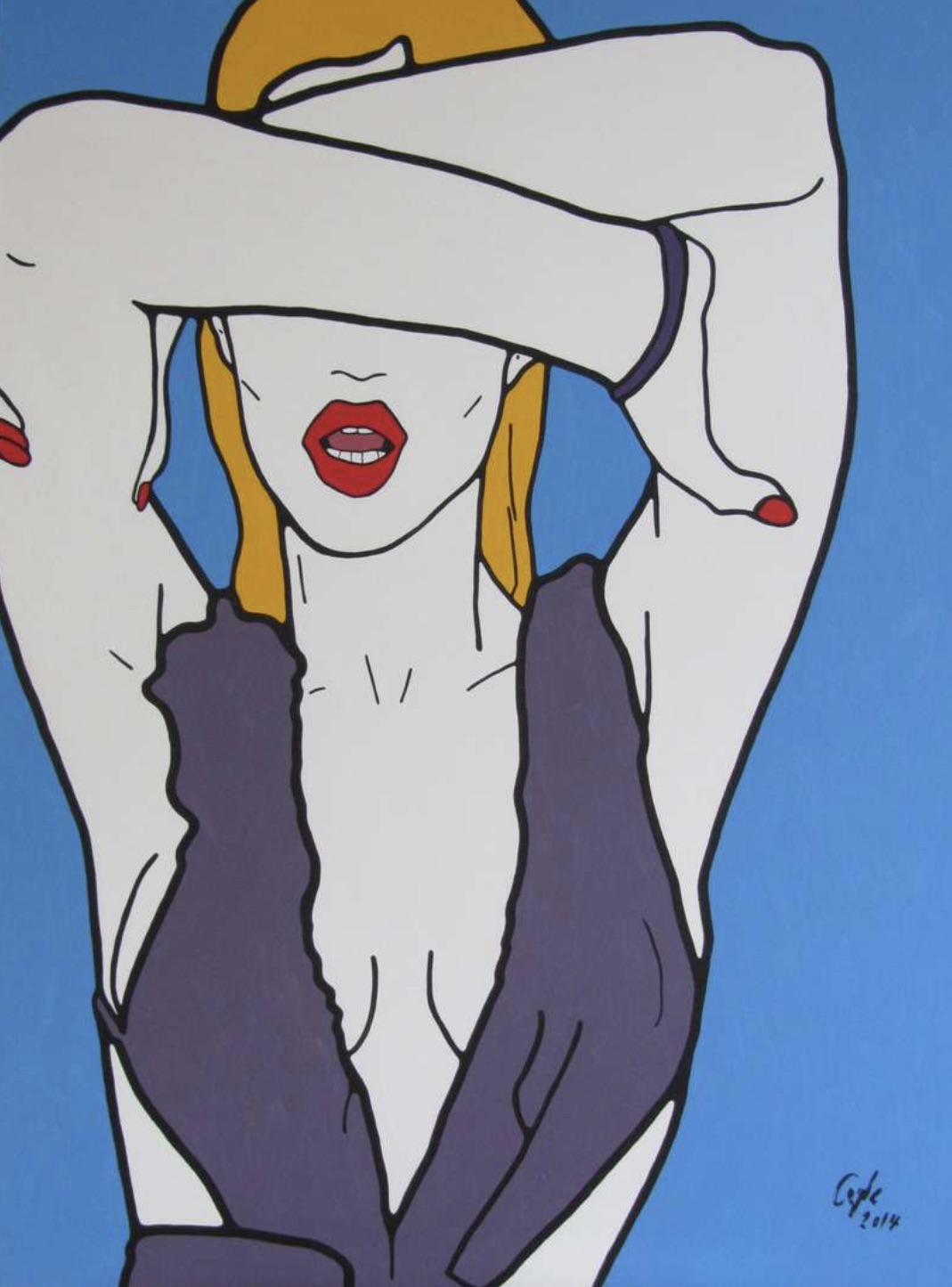
Focusing on painting is a lot of hard work, she tells me, to get it out there into the galleries, her method of editing through the fashionable and consumerist media images of our times, It is the advertising images and looking for themes out of an idea and then creating the pop art. ” It does not need to be a familiar image” she explains, she puts them into context, she describes the 20s Japanese’s adverting, the silver screen movie images used in past series. “Art is all about ideas” Emma emphasises describing it all as some sort of resolve, as she describes, her ideas of coming together with an understanding of things.
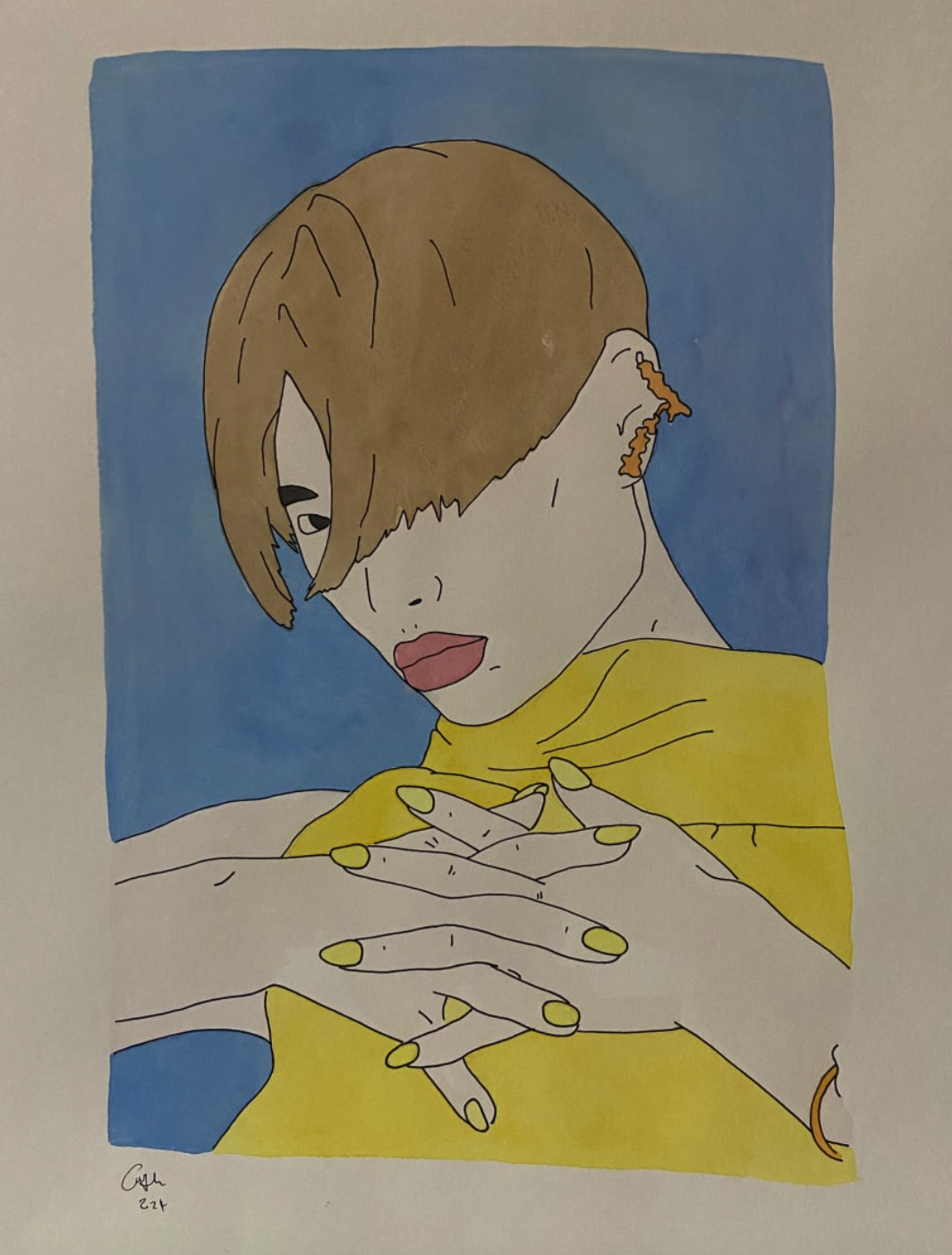
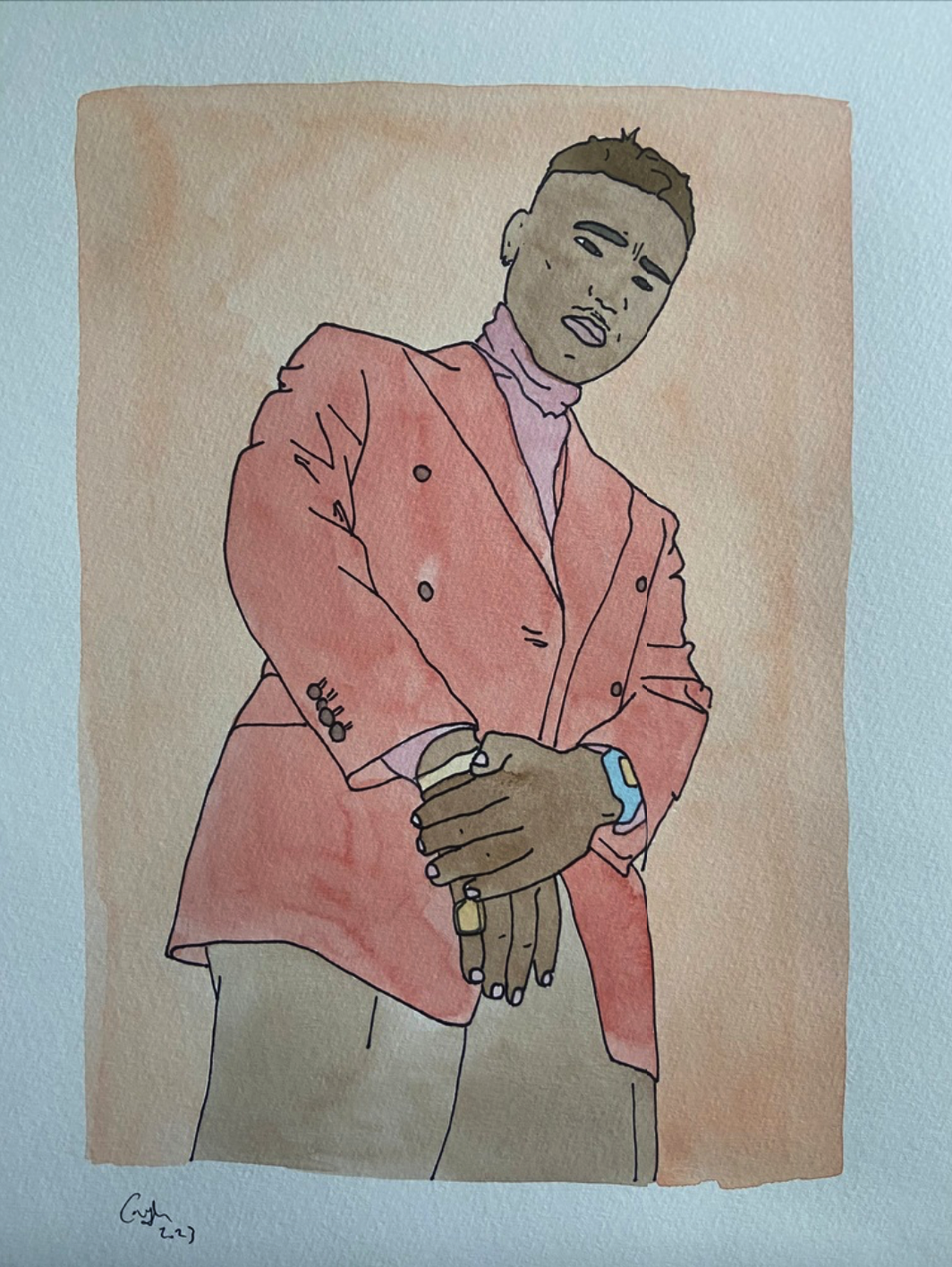
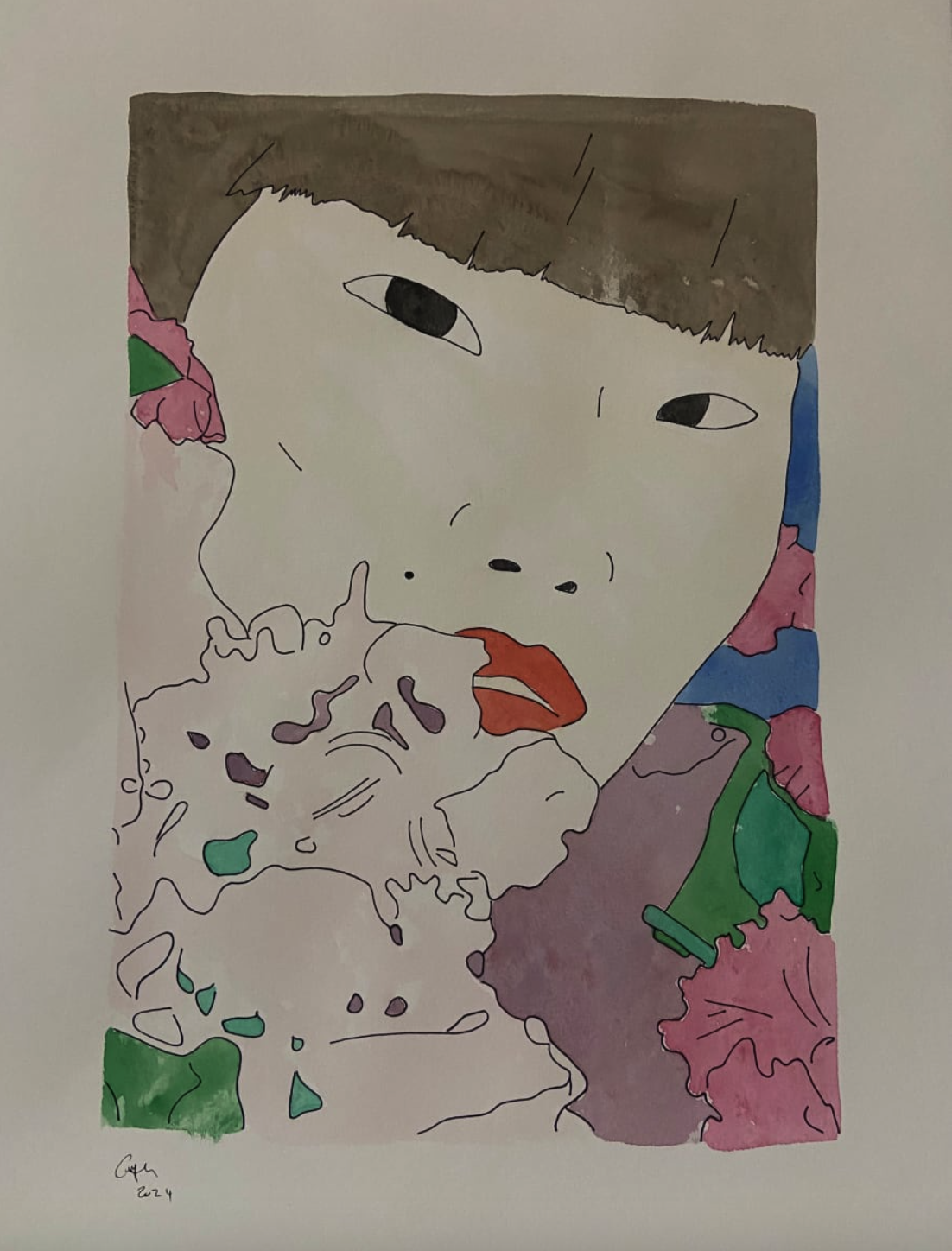
I ask Emma about her ambitions, and she tells me about her art practice and delving into bigger and bigger paintings, she has a 10 meter canvas she is currently working on, and her painting project on perspex sheets, she has a vision to manifest it into public art. We talk about her favourite artists and why, she refers to abstract painter Sara Twomey and Zena Blackwell’s paintings of her children. However her biggest influence is an American land artist Michael Heizer, he creates these huge and site-specific sculptures, creating outside the limits of the traditional spaces of galleries and museums, he is quoted as saying, “As long as you’re going to make a sculpture, why not make one that competes with a 747, or the Empire State Building, or the Golden Gate Bridge?” I then asked Emma what her greatest achievement was so far, she talked about her solo show on Madison Avenue in NY, as being the peak in her career, she had worked so hard for 20 years, ” I took the risk to go bigger and bolder” and they took her on. I then asked her what she considers perfection, and she replied “What is perfection?”
Interview: Antoinette Haselhorst
